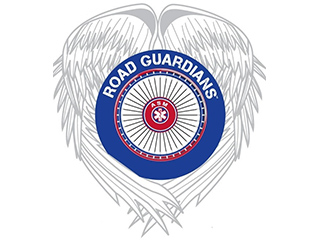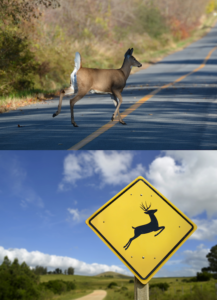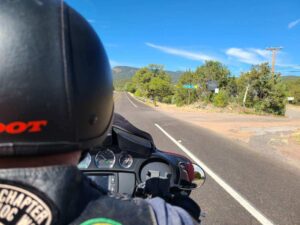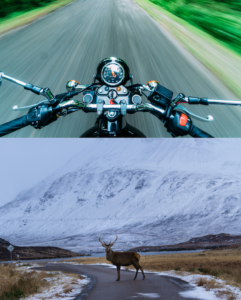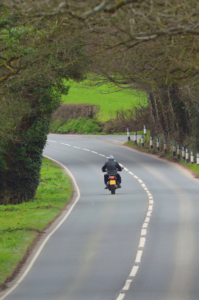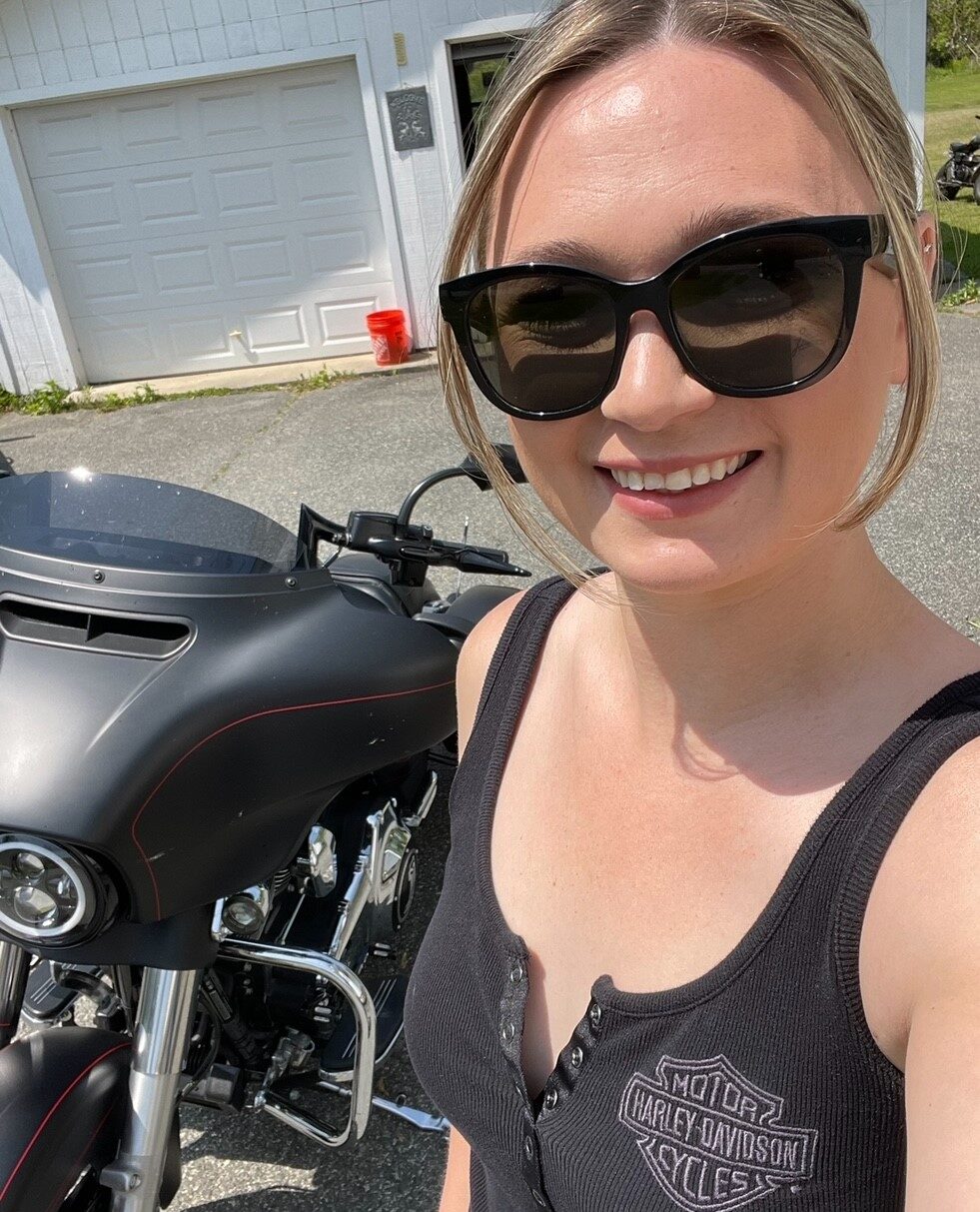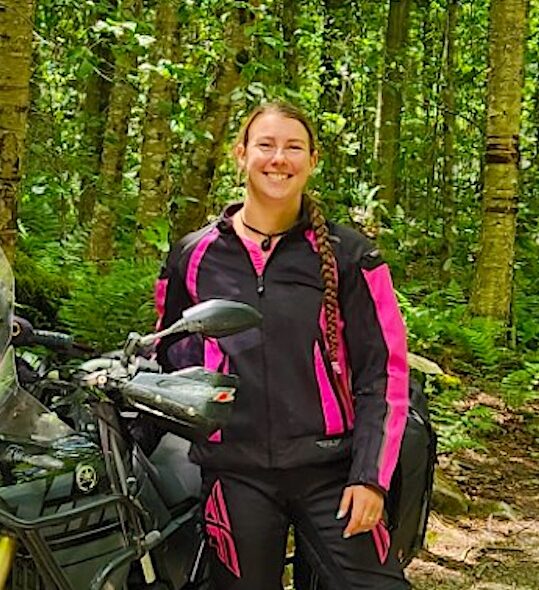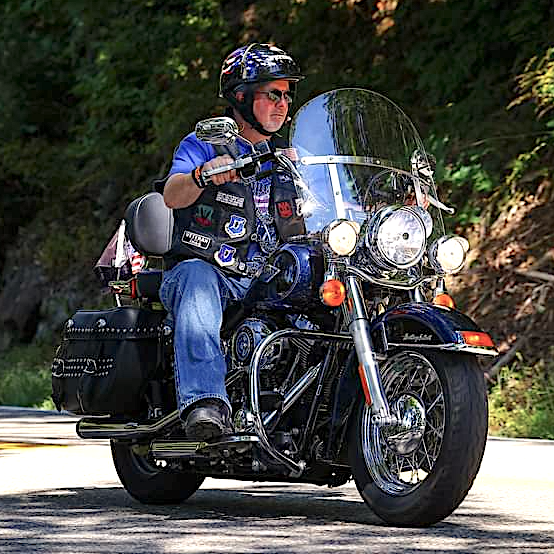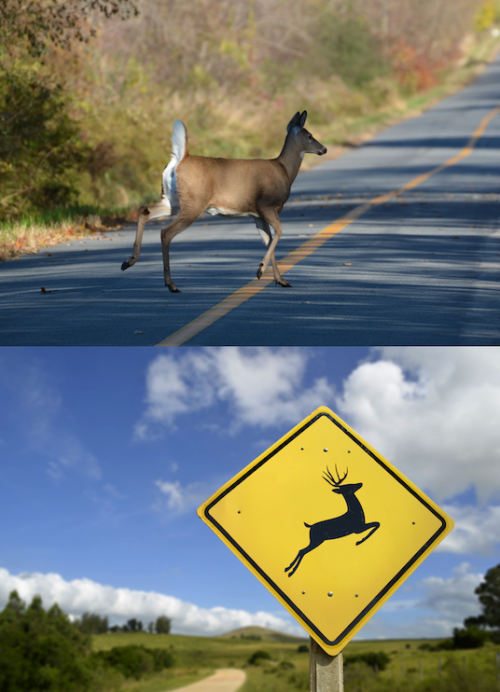
In the Autumn season, deer pose the biggest risk for motorcyclists as they search for food and have hunters on their tails
That means a higher chance of a deer crossing your path while riding. According to the Minnesota Office of Traffic Safety, from 2016 to 2020 there were 6,218 deer crashes reported, resulting in 18 deaths. Fifteen of the 18 deaths were motorcyclists. So what can you do to avoid hitting a deer on your motorcycle?
Remember, deer are fleet animals that run from a perceived threat. Unfortunately, they evolved a flight response for wolves, not motorcycles. As a consequence, they tend to zig-zag and change direction after an initial startled leap.
If you see one deer, there are probably more!
Before you ride, gear up with a helmet, leathers, boots and gloves to protect yourself and make sure your brakes are in good condition.
- Watch the time: According to DeerCrash.org, deer tend to be most active at dawn and dusk
- Drive at safe speeds
- Use high beams as much as possible at night, especially in deer-active areas
- Watch for the reflection of deer eyes and for deer silhouettes on the shoulder of the road. If anything looks slightly suspicious, slow down.
- Use your horn in one long, sustained blast if you see a deer in the road.
- Slow down in areas known to have a large deer population — such as areas where roads divide agricultural fields from forest land; and whenever in forested areas between dusk and dawn.
According to the Minnesota department of public safety: motorcyclists should avoid night and low-light riding periods. A rider’s best response when encountering a deer is to use both brakes for maximum braking and to keep your eyes and head up to improve your chances of keeping the bike up. If a crash is imminent, and there is enough space to swerve around the deer without leaving the roadway, use maximum braking and just before impact, attempt a swerve in the opposite direction the deer is traveling. Riders are encouraged to wear full-face helmets and full protective gear to prevent injury or death in a crash. High visibility gear can assist other drivers in seeing you better; whether it’s while making an evasive maneuver to avoid a deer or laying on the roadway after impacting a deer.
Be mindful of deer crossing signs, they are there for a reason. Deer travel in predictable routes, and the sign is there because more than one collision has occurred there. Wherever you see deer crossing signs be sure to pay extra attention to your surroundings and remain vigilant.
Have you had a collision with a deer, or even a close call? Join the discussion by liking our main Facebook page HERE.
